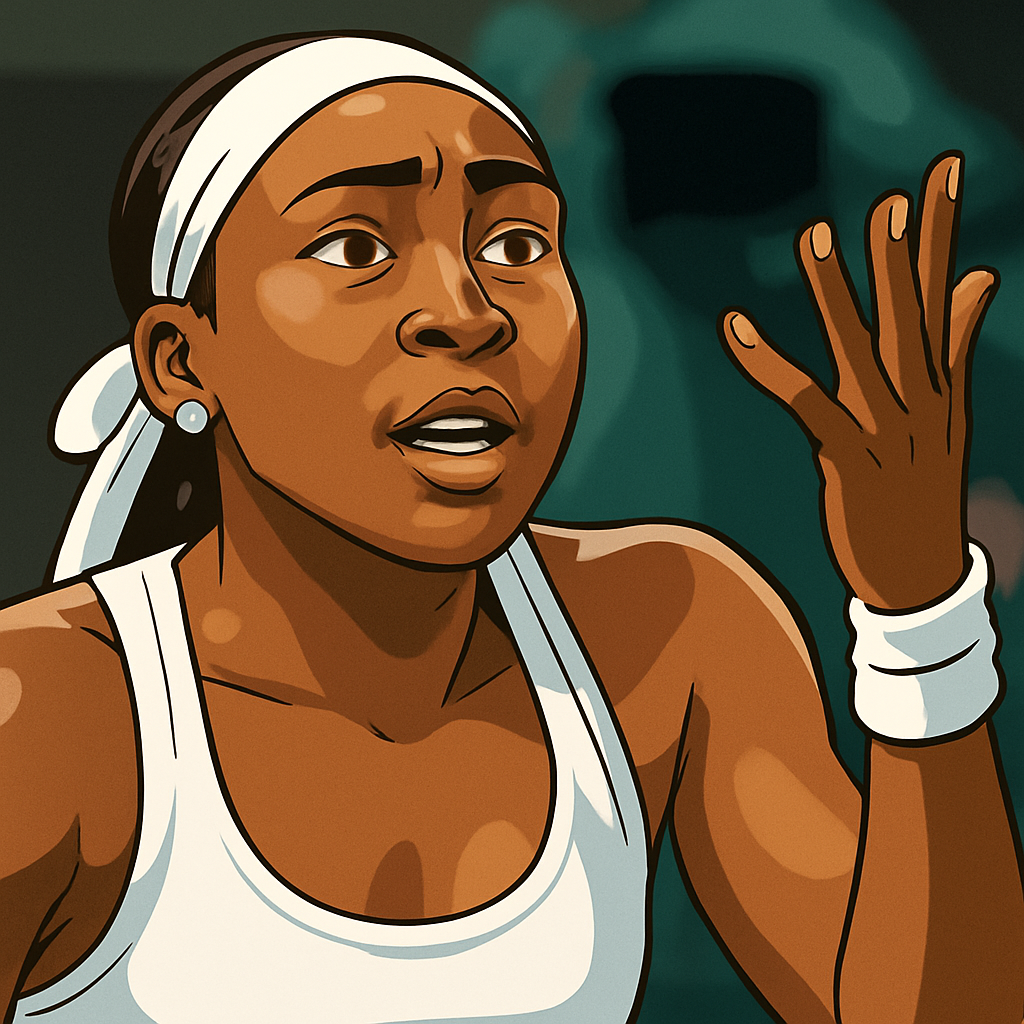LONDON — The opening days of Wimbledon 2024 have delivered an unprecedented wave of upsets, with a record number of seeded players crashing out early. From former champions to rising stars, the grass courts of SW19 have proven unforgiving. BBC Sport examines the key factors behind this shocking trend.
The Unpredictability of Grass
Grass remains the most volatile surface in tennis, with its low bounce and fast pace favoring aggressive play. This year, the courts have played even quicker due to drier conditions, amplifying the advantage for big servers and net rushers. "The ball is skidding through, and if you’re not dialed in from the first point, you’re in trouble," said three-time Wimbledon champion John McEnroe.
Seeding System Adjustments
The All England Club’s unique seeding formula, which considers grass-court performance, has occasionally backfired. Some players with strong clay or hard-court results but limited grass experience were seeded higher than their comfort level warranted. Notable casualties include:
- World No. 8 Andrey Rublev (lost in R1 to a qualifier)
- Defending women’s finalist Ons Jabeur (R2 exit)
- 2022 champion Elena Rybakina (withdrew due to illness)
Injury and Fatigue Factors
The condensed calendar post-pandemic has left many top players battling fatigue or carrying injuries into Wimbledon. Carlos Alcaraz, who won Queen’s Club just days before, admitted, "My body isn’t 100%. Grass is brutal when you’re not fresh." Meanwhile, Aryna Sabalenka withdrew before her first match with a shoulder strain.
The Rise of the Challengers
Younger players and qualifiers have capitalized on the chaos. British wildcard Jacob Fearnley, ranked outside the top 250, stunned world No. 7 Holger Rune. "These kids grew up watching YouTube highlights of serve-and-volleyers," noted coach Darren Cahill. "They’ve learned to adapt faster than the established stars."
Pressure of Expectations
Several seeds appeared overwhelmed by the occasion. Iga Świątek, despite her dominance on clay, admitted grass still intimidates her: "I feel like I’m solving a puzzle every match here." Meanwhile, Daniil Medvedev’s straight-sets loss to a 19-year-old marked his earliest Wimbledon exit.
Weather and Scheduling Chaos
Rain delays forced multiple top players to compete on consecutive days. Jannik Sinner played three matches in 48 hours before falling to a cramping Matteo Berrettini. "The stop-start rhythm kills momentum," complained 2021 finalist Karolína Plíšková after her R2 defeat.
Conclusion: A New Wimbledon Era?
While upsets are part of Wimbledon’s charm, 2024’s carnage suggests deeper shifts. As seven-time champion Novak Djokovic observed, "The gap between seeds and unseeded players has never been smaller. Everyone here can play." With the second week underway, the tournament remains wide open—proof that in modern tennis, nothing is guaranteed.

